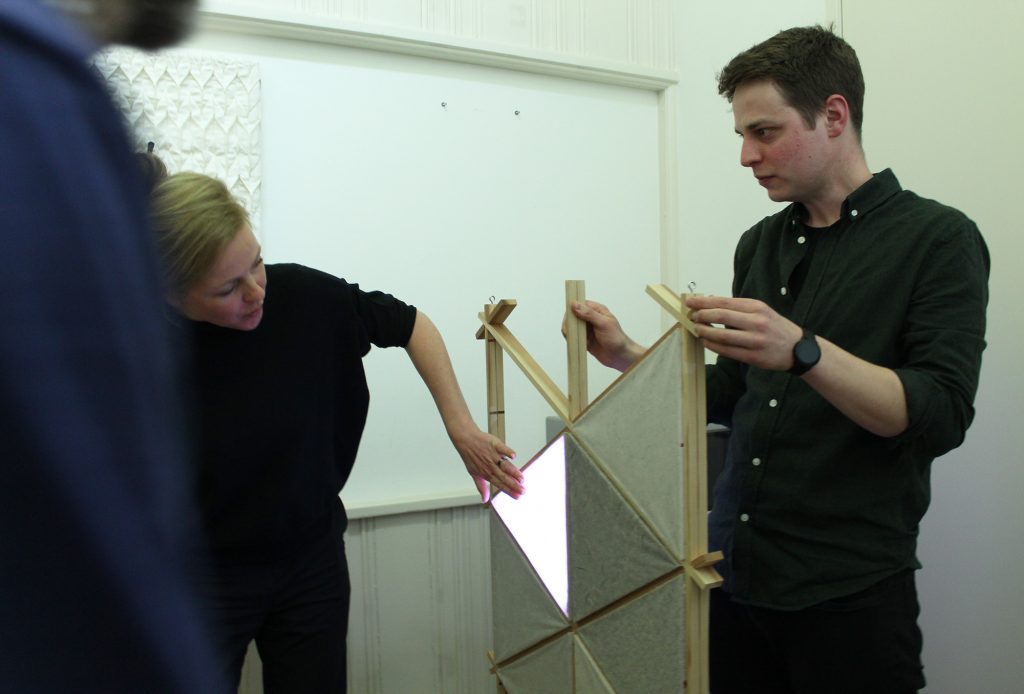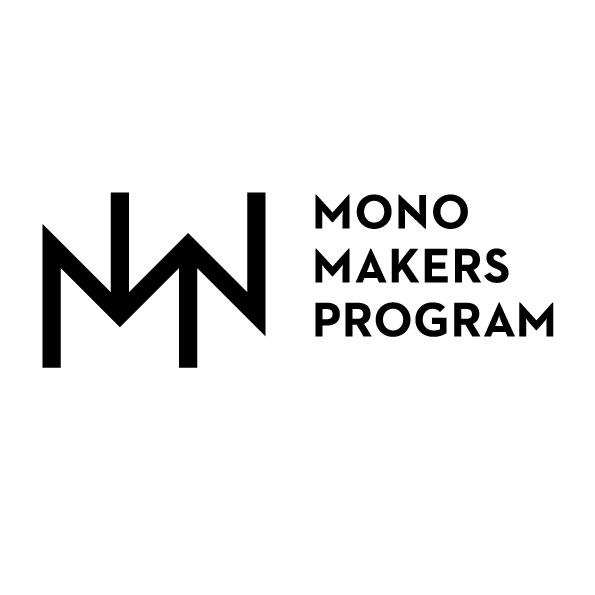MONO JAPAN Artist in Residence Program 2019 REPORT-Jonas Althaus

Jonas Althaus in collaboration with Sekishu Washi in Shimane

Sekishu Washi, the special washi paper of western Shimane Prefecture has a long history of over a thousand years. The ingredients of Sekishu washi are kozo, mitsumata, and gampi shrubs. Kozo and mitsumata are cultivated in the region and gampi grows wild. They start their paper making from the step of growing and harvesting the ingredients themselves. The paper made from Sekishu kozo is well known as the strongest paper produced in Japan.
What if we understood technological progress and traditional craftsmanship not as being opposed to each other, but as two realms of knowledge truly enriching if put in a dialogue? How would e.g. a Japanese version of a “smart home” evolve if it were developed bearing the material sensibility and expertise of traditional crafts in mind? As a designer specialized in human interaction and digital technology, Jonas raised the research questions for the residency above and started his journey to create ‘Sensory washi’.
Jonas had an intensive introduction of paper making starting from treating materials to scooping paper, which eventually allowed him to make washi by himself. After the introduction, he started making experiments, combining washi ingredients with conductive fibers. Through trial and error, Jonas and craftsmen found a method to integrate the washi ingredients and the conductive fiber in a way that gets close to the original principal of washi paper making: mixing the paper ingredients and cut fiber together and scoop it. After finding this basic method, Jonas has searched further for the aesthetic variety of the conductive paper by using traditional surface treatment techniques.
As a next step of the project, Jonas designed a glowing ‘shoji’ (Japanese traditional room divider) which introduces the function of the conductive paper he developed. A local wood workshop specialized in shoji carpentry was involved to make the prototype. The system for touch sensitive illumination was attached on the wood structure and the conductive papers were assembled in triangular modules. Thus the prototype of the glowing shoji was successfully made: reacting on touch, the washi part of the prototype glows and dims down. Jonas and craftsmen will focus further on the commercialization of the conductive paper, considering to apply for a patent.
Weekly reports from the designers
In Shimane prefecture, Jonas Althaus is having an exciting introduction to Sekishu papermaking. Getting to know the history and all the processes of papermaking is important to further develop his idea.
Sekishu Kagura, a type of Shinto theatrical dance is still very popular in this area and an important element to understand Sekishu paper. In Sekishu Kagura paper masks are used for its performance which resulted in the development of creating a thicker and stronger paper.

Jonas Althaus has visited shoji screen carpenters and uchiwa workshops to get to know more about washi paper applications. After the numerous introductions, he has finally started his exciting material research integrating conductive materials into the washi paper.

Reflecting on the experiments of the past weeks, Jonas decided to focus on one methodology in order to conclude in a material that is ready for production and various applications. With a great help from craftsmen, he started a thorough material research, blending small pieces of conductive fibers into the washi paper ingredients.

Through the intense material research, Jonas has figured out the material recipe, which made him to be able to focus on producing a good number of conductive washi paper. Over 30 sheets are scoped, pressed and dried so far. The design of the final prototype is also decided to be a glowing shoji room divider integrating the developed material and Kumiko technique (Japanese woodcraft technique). To execute the plan, a local woodcraft maker Yoshihara woodworks offered their help for making the wooden frame. The great teamwork of Jonas and all the craftsmen are making it possible to realize the innovative idea.

Jonas has started applying the traditional technique of dripping water onto the freshly scoped sheet, creating a pattern. After the papermaking process, Jonas made a selection of papers to be used for the prototype of the glowing shoji room divider, checking the quality of all the papers made so far. Besides that, he prepared a system for setting up and coding for the touch-sensitive illumination. After receiving the wooden frames made by a local wood workshop, Jonas and craftsmen started to assemble the wood and paper into making triangular modules. First, they install the technological components (microcontroller and led lights), and later they cut and glue the paper to the frames. Using a lot of helps, 10 pairs of triangles has been made so far.

Related links:
Jonas Althaus
Sekishu Washi Kubota, Nishida Washi Studio (Sekishu washi, Shimane Prefecture)
This is a contribution article from MJ AIR 2019 program.
Text by MONO JAPAN FOUNDATION, Photo by Jonas Althaus
